Ways to Be There for Kids Grieving a Parent
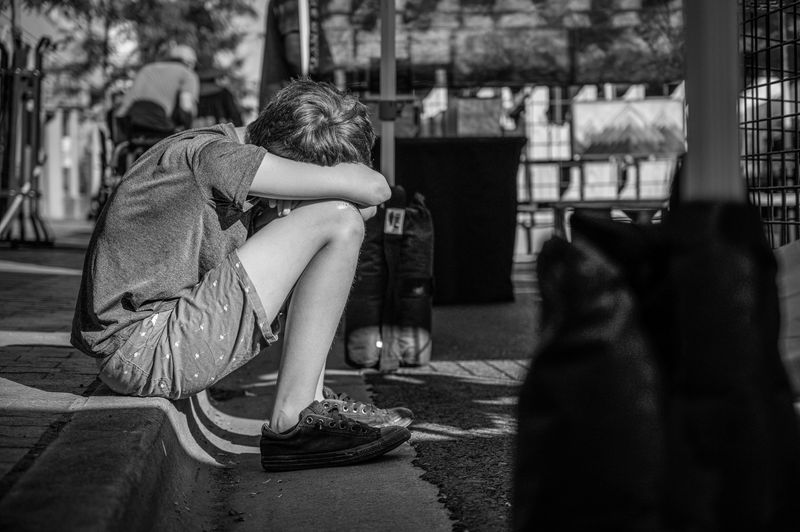
When a child loses a parent, their entire world shifts. They need steady, compassionate support from the adults around them as they navigate this profound loss. Children process grief differently than adults, often moving in and out of their sadness while trying to make sense of what happened. These twelve approaches can help you provide meaningful support to a child who’s experienced this life-changing loss.
1. Be Honest, But Gentle

Children deserve the truth, even about difficult topics like death. Using simple, clear language helps them understand what’s happened without feeling confused or misled. Avoid euphemisms like “we lost him” or “she’s gone to sleep” as these can create anxiety or misunderstanding.
Match your explanations to the child’s developmental stage. A five-year-old needs different details than a teenager does. Answer questions directly as they arise, but don’t overwhelm with information they haven’t asked for yet.
Remember that children often circle back with new questions as they process grief. Being patient with repeated conversations shows them you’re a reliable source of truth during this confusing time.
2. Keep Routines as Steady as Possible

Grief creates chaos in a child’s emotional world, making familiar routines crucial anchors. Maintaining regular mealtimes, bedtimes, and homework schedules provides security when everything else feels unpredictable. These consistent patterns signal to children that despite this enormous change, some parts of life remain reliable.
School attendance, though difficult at first, offers valuable structure and normalcy. The rhythm of everyday activities provides comfort and a sense that life can still be navigated safely. Special routines like Friday movie nights or Sunday pancakes become especially meaningful touchpoints.
While maintaining structure, allow flexibility when grief hits hard. Sometimes a child needs a mental health day or an extended bedtime talk more than rigid adherence to schedules.
3. Encourage Feelings Without Judgment
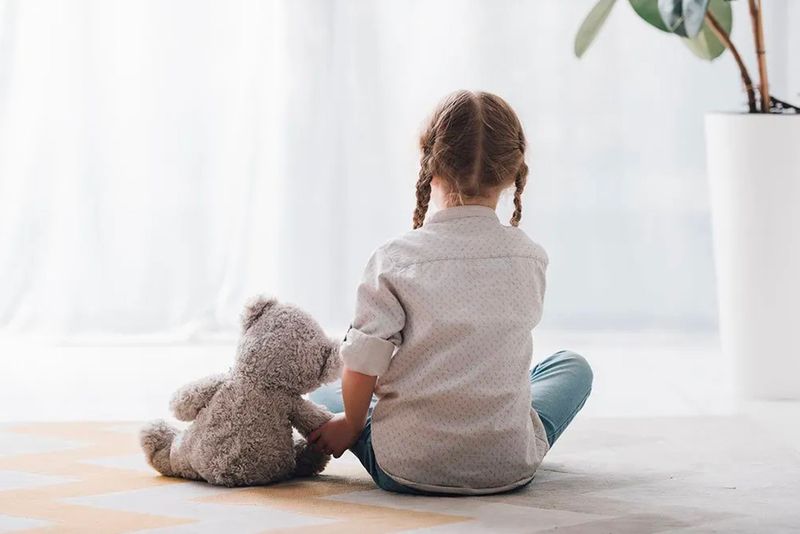
Grief manifests differently in every child – some withdraw while others act out. Some cry openly, while others seem unaffected. Creating space for all these reactions without labeling them as good or bad helps children trust their emotional process.
When a child expresses anger, sadness, or confusion, simply acknowledge it: “You’re really mad that this happened, and that makes sense.” Avoid phrases like “be brave” or “don’t cry” which suggest certain feelings are unwelcome. Physical outlets like running, drawing, or building can help when emotions feel too big to express in words.
Remember that children often cycle through grief in bursts rather than experiencing it continuously like adults. Their emotional shifts might seem erratic but are perfectly normal.
4. Share Your Feelings, Too

Modeling healthy grief shows children they’re not alone in their feelings. When you share your own sadness appropriately, you demonstrate that emotions are natural, not frightening. A simple “I’m feeling sad about your dad today too” normalizes their experience and creates connection.
Balance is key – children shouldn’t feel responsible for your emotional wellbeing. Share feelings in measured ways that don’t overwhelm them or make them feel they need to comfort you. Let them see that adults can be sad and still function.
Showing how you cope constructively with grief provides valuable lessons. When they observe you looking at photos, talking about memories, or even taking quiet time to process feelings, they learn healthy grief strategies they can adopt themselves.
5. Keep Their Parent’s Memory Alive

Children fear forgetting their parent almost as much as they grieve their absence. Creating memory boxes filled with photos, letters, and meaningful objects helps preserve tangible connections. Storytelling becomes especially important – sharing anecdotes about their parent’s childhood, accomplishments, or funny habits keeps their presence alive.
Marking special dates like birthdays or anniversaries with simple rituals honors the continuing bond. Some families light candles, release balloons, or visit meaningful places. Others might make their parent’s favorite meal or watch their favorite movie.
Encourage the child to identify traits or interests they share with their parent. Recognizing these connections – “You have your mom’s artistic talent” or “You love hiking just like your dad did” – reassures them that part of their parent lives on through them.
6. Create a Safe Place for Questions

Children’s questions about death can emerge unexpectedly and sometimes repeatedly. Creating an atmosphere where no question is too scary or silly encourages them to voice their concerns rather than worry alone. Their questions often reveal misconceptions that need gentle correction.
Young children typically wonder concrete things: “Does Daddy need his glasses in heaven?” or “Can Mommy see me from where she is?” Older kids may grapple with existential questions about fairness, meaning, and their own mortality. Answer honestly, even if that means saying “I don’t know, but here’s what I believe.”
Questions often come at bedtime when defenses are down, or during car rides when eye contact isn’t necessary. These natural opportunities for conversation deserve unhurried attention, even when the timing seems inconvenient.
7. Give Extra Hugs and Physical Comfort
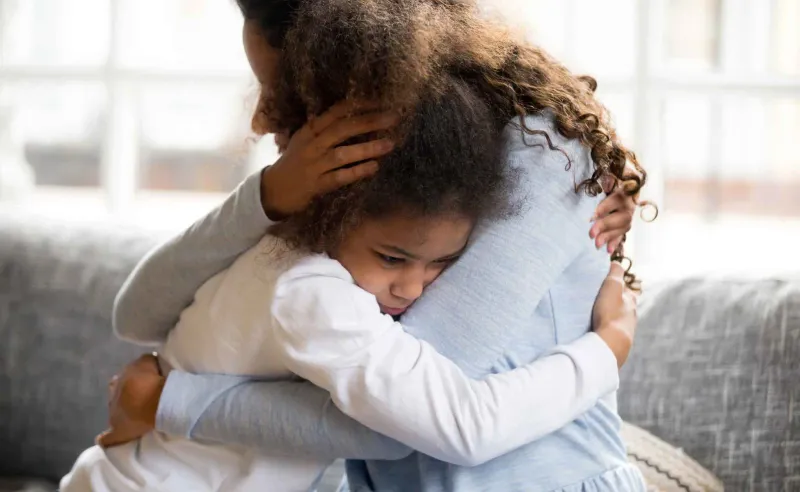
Physical touch releases oxytocin, nature’s antidote to stress hormones that flood the body during grief. Extra hugs, back rubs, and cuddle time provide comfort when words fall short. For children who find direct physical affection uncomfortable, sitting nearby during a movie or walking together can offer similar connection.
Watch for physical manifestations of grief like stomach aches, headaches, or sleep troubles. These bodily expressions of emotional pain respond well to gentle touch and physical nurturing. Weighted blankets, stuffed animals, or a parent’s worn t-shirt can provide comfort when you can’t be physically present.
Respect each child’s physical boundaries while still offering consistent opportunities for connection. Some children need more space during grief, while others become more clingy – both reactions deserve understanding rather than judgment.
8. Watch for Behavioral Changes
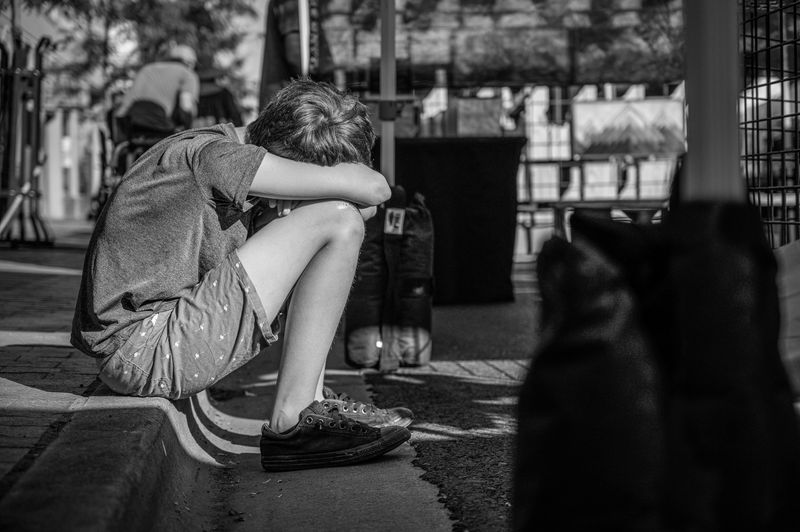
Grief can manifest in children through behavioral changes rather than obvious sadness. Regression to earlier behaviors like thumb-sucking or bed-wetting often signals emotional distress. Academic performance might temporarily decline as concentration becomes difficult.
Sleep disturbances are particularly common – nightmares, resistance to bedtime, or sleeping too much all reflect grief’s impact. Eating patterns may shift toward disinterest in food or sudden fixation on comfort foods. Physical complaints without medical cause frequently emerge as grief finds bodily expression.
Professional support becomes necessary when symptoms persist intensely or interfere significantly with daily functioning. Signs warranting additional help include prolonged withdrawal, aggressive outbursts, talk of wanting to die, or complete avoidance of mentioning the deceased parent. Child-focused grief groups can provide specialized support while normalizing the experience.
9. Keep Communication Open With Teachers & Caregivers

Teachers, coaches, and other adults in a child’s life need awareness of their loss to provide appropriate support. A brief email explaining the situation helps these adults understand behavioral changes or emotional moments that might otherwise be misinterpreted. Many schools offer counseling services or accommodations during difficult periods.
Maintaining regular check-ins with these caregivers creates a support network that catches concerns early. A child might express grief differently at school than at home, so these perspectives provide valuable insights. Consider creating a simple signal system allowing the child to communicate when they need a break without drawing attention.
Prepare caregivers for grief triggers like Mother’s Day projects, Father’s Day celebrations, or family tree assignments. With advance notice, sensitive alternatives can be arranged that acknowledge the child’s unique family situation.
10. Encourage Creative Expression
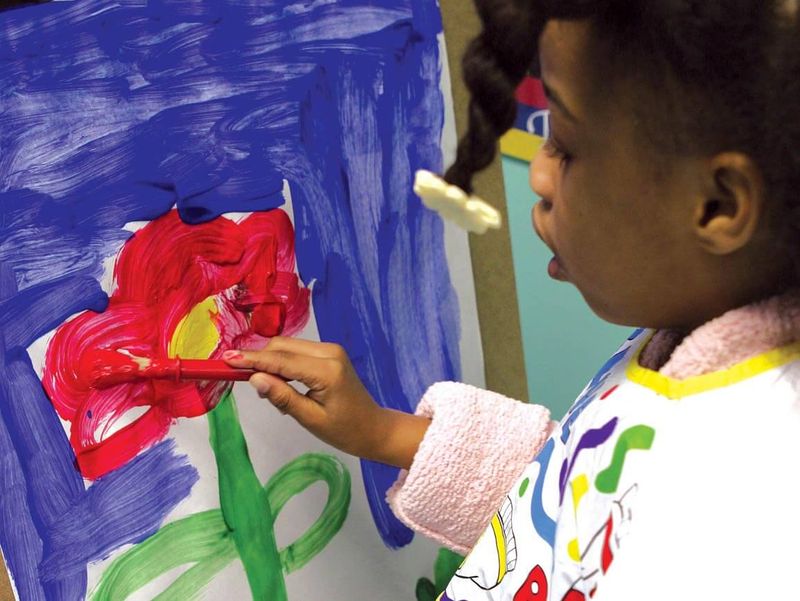
Art, music, and play naturally help children process complex emotions they can’t yet verbalize. Keeping simple art supplies accessible – markers, clay, or collage materials – invites expression without pressure. These creations often reveal feelings children don’t even realize they’re experiencing.
Storytelling through puppets or action figures allows children to explore grief scenarios safely at a remove. Many create stories where characters experience loss and eventually find new strength. Movement-based activities like dance or sports provide physical release for the tension grief creates in young bodies.
Memory projects honor the connection while processing the loss. Creating a playlist of songs their parent loved, planting a memorial garden, or making a photo book gives children agency in preserving the relationship. These tangible creations become treasured grief companions they can revisit whenever needed.
11. Reassure Them About the Future

After losing a parent, many children develop profound worries about what else might change. Clear, frequent reassurance about practical matters provides essential security. Specific statements like “We’ll stay in this house” or “Grandma will still pick you up from school” address the stability concerns that often go unspoken.
Children may worry about the surviving parent’s health or fear being abandoned again. Transparent conversations about adult health practices and backup care plans help alleviate these anxieties. Simple explanations about how bills will be paid and how daily life will continue give concrete reassurance.
Beyond practical matters, children need emotional reassurance that joy will return to their lives. Gently pointing out moments of happiness when they occur – “I noticed you laughing during the movie tonight” – reminds them that grief, though profound, doesn’t erase the possibility of future happiness.
12. Take Care of Yourself, Too

Supporting a grieving child while managing your own grief requires intentional self-care. Children sense when adults are overwhelmed, so finding healthy outlets for your emotions provides stability they desperately need. Building a support network of friends, family, or grief groups creates space to process your feelings separately.
Basic self-care becomes crucial during grief – adequate sleep, proper nutrition, and physical movement sustain the energy needed for emotional support. Setting reasonable expectations prevents burnout. Some days, success might simply mean everyone got fed and felt loved.
Modeling healthy coping teaches valuable lessons. When children see you taking a walk to clear your head, writing in a journal, or talking with a friend when sad, they learn constructive ways to handle difficult emotions. Your self-care isn’t selfish – it’s an essential component of supporting their healing journey.

Comments
Loading…